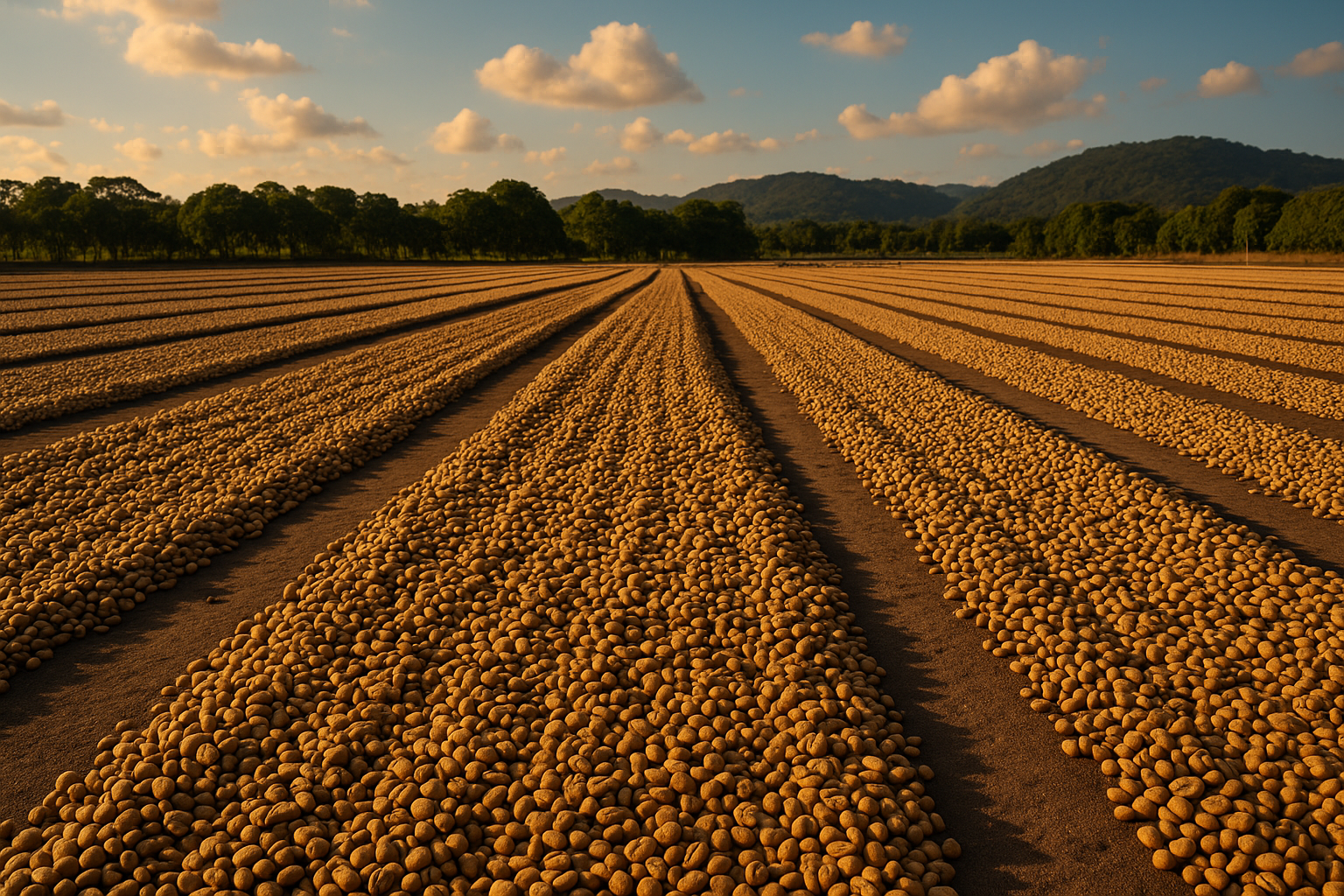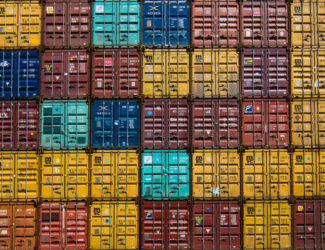
Global Coffee Prices Surge as Brazil Faces Weather Woes and US Tariffs
São Paulo, August 25, 2025 (Qahwa World) – Coffee markets remain under heavy pressure from climate shocks in Brazil and trade tensions with the United States, pushing prices sharply higher in recent weeks, even as a stronger U.S. dollar triggered modest profit-taking on Monday.
Arabica futures in New York had surged to a 3.5-month high earlier in the day but ended lower, with December contracts closing down 0.15% after investors booked profits. September robusta contracts were idle due to a UK holiday. Analysts said the dollar’s strength spurred liquidation, though underlying supply concerns continue to dominate the market.
In Brazil, retail coffee prices that had fallen an average of 12% earlier in August are now expected to reverse course. According to the Brazilian Coffee Industry Association (ABIC), raw coffee prices rose almost 25% between July and August, reaching 2,191 reais ($395) per 60-kilogram bag. Despite this surge, supermarket prices in August averaged 58.99 reais (around $10) per kilogram, still below May’s peak of 70 reais/kg. ABIC’s executive director, Celirio Inacio, warned that if futures remain elevated, higher shelf prices are “inevitable.”
The main external factor driving the rally remains the 50% tariff imposed by the U.S. government on Brazilian goods, including coffee. Brazil normally supplies about one-third of U.S. unroasted coffee imports, and American buyers have already begun canceling contracts. Marcio Ferreira, president of Brazil’s Coffee Exporters Council (Cecafé), called the tariffs “the main driver” of the sharp price increases in New York.
Weather concerns add another layer of pressure. Somar Meteorologia reported that Minas Gerais, Brazil’s largest arabica-producing state, received no rainfall in the week ending August 23. Frost damage earlier in the month has also raised fears of reduced yields. Despite this, Brazil’s 2025/26 harvest is almost complete: Safras & Mercado estimated 99% of the crop had been gathered by August 20, with robusta fully harvested and arabica at 98%. Cooxupé, the country’s largest cooperative, reported its members’ harvest at 86.1% by mid-August.
Exports are slowing dramatically. Brazil’s July shipments of unroasted coffee dropped 20.4% year-on-year to 161,000 metric tons, while Cecafé data showed green coffee exports fell 28% to 2.4 million bags. Arabica exports fell 21%, robusta plunged 49%, and total shipments from January through July were down 21% from last year at 22.2 million bags. Meanwhile, inventories tracked by ICE remain at multi-year lows: arabica stocks hit a 15-month low of 726,661 bags in mid-August, while robusta fell to its lowest in four weeks.
Global dynamics reflect the same strain. The USDA’s Foreign Agriculture Service (FAS) projects world coffee production in 2025/26 will rise 2.5% year-on-year to a record 178.7 million bags, with robusta up nearly 8% but arabica slightly down. Brazil’s production is forecast to rise only 0.5% to 65 million bags, while Vietnam could rebound 6.9% to 31 million bags, its largest in four years. Yet despite the higher output, trading house Volcafe predicts an arabica deficit of 8.5 million bags for 2025/26 — the fifth consecutive year of shortfalls.
Brazil, as the world’s top coffee producer and exporter and the second-largest consumer after the United States, stands at the center of these global shifts. With tariffs restricting trade, exports slowing, inventories tightening, and weather threats mounting, analysts warn that consumers should brace for rising retail coffee prices both domestically and worldwide — even if day-to-day trading sometimes pulls prices lower.



